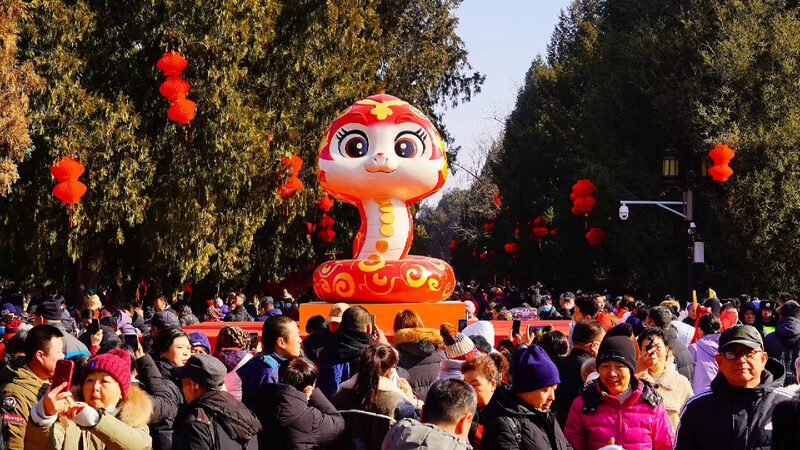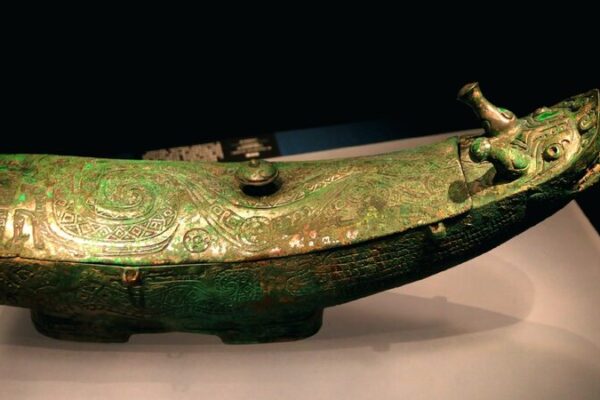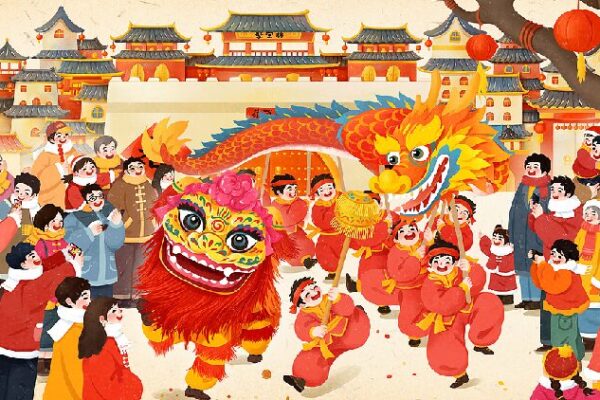The Spring Festival, China’s most significant annual celebration, is set to begin on January 28, 2025, marking the arrival of the Year of the Wood Snake. This year brings special significance as UNESCO has recently added the Spring Festival to its Representative List of the Intangible Cultural Heritage of Humanity, recognizing its enduring cultural importance.
The Spring Festival, known globally as the Chinese New Year, dates back over 3,500 years to the Shang Dynasty. It represents a time of renewal, family reunions, and the desire for a fresh start. Much like Christmas in other parts of the world, it is a period filled with joy, tradition, and togetherness.
The Year of the Wood Snake is particularly meaningful. In Chinese culture, the snake symbolizes wisdom, patience, and mystery. The addition of the wood element fosters growth, balance, and a connection with nature. Together, they represent personal growth and continuous renewal, encouraging introspection and progress in life.
During the Spring Festival, cities across China come alive with vibrant decorations, including red and golden lanterns illuminating the streets. Traditional activities such as dragon dances, fireworks, and family gatherings are at the heart of the celebrations. Elders gift children with red envelopes containing money, a tradition that has evolved in recent years to include digital red packets.
Family reunions are a central aspect of the festival. Millions of people travel across the country to return to their hometowns, emphasizing the importance of family bonds in Chinese culture. The festive atmosphere is palpable, with streets filled with people enjoying meals, attending parties, and embracing the lively spirit of the season.
The UNESCO recognition underscores the Spring Festival’s role as a cornerstone of cultural identity, uniting generations through shared rituals and values. As the Year of the Wood Snake unfolds, it invites a harmonious blend of reflection, growth, and celebration, highlighting the timeless legacy of this cherished tradition.
Reference(s):
cgtn.com








